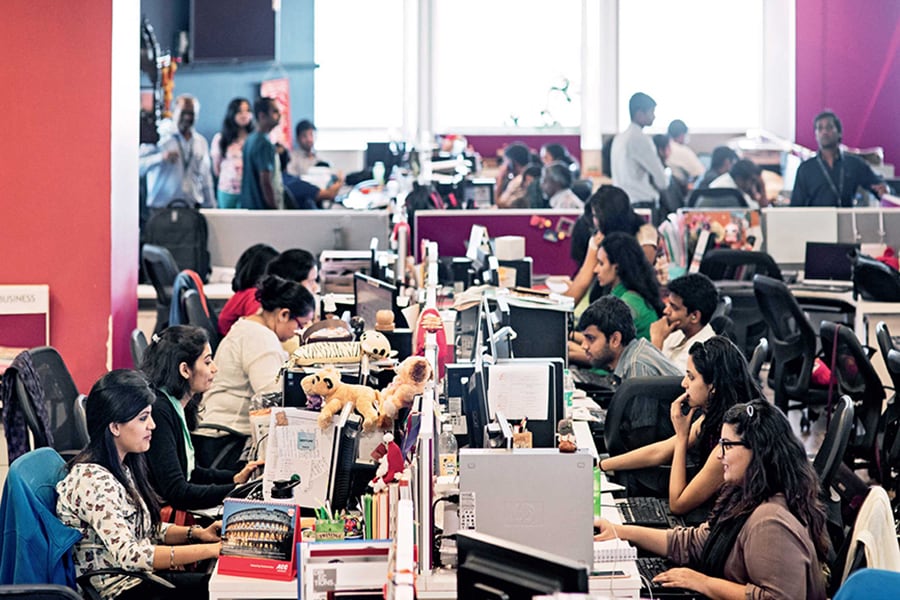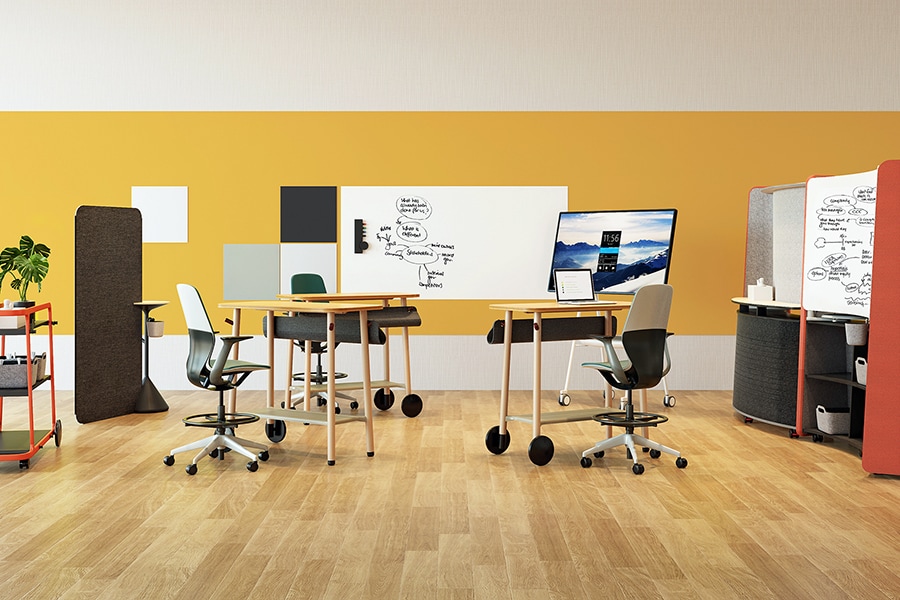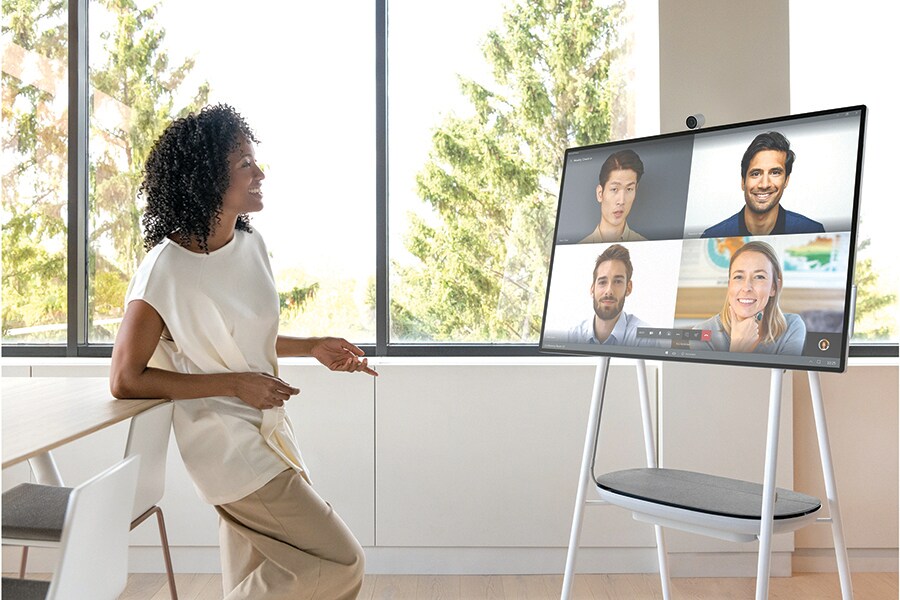
Workplace redefined for the new era
The post-Covid workplace will need to be reconfigured to respond to the new expectations by employees, providing an open and collaborative environment that adapts to their changing needs

The pandemic has accelerated the already-ongoing transformation of work-styles, but the design of offices has not yet caught up.
Before the industrial revolution, there was no fixed place where people had to report to work. What started as factories, for people to come together to work on machines, later became offices, where clerks could do standard work under the supervision of a manager. And while the nature of work changed from being more manual to knowledge-based, the office architecture did not keep up with it. Even after the birth of the Internet, the office space continues to remain stagnant from what was envisioned 200 years ago for a very different type of work.
The cultural shift most of us didn’t see coming
Fast forward to 2020 and we have come full-circle in that most people were required to work from home. The Covid-19 pandemic brought about a paradigm shift in how we do things. Companies and employees were forced to assess new ways to work and understand what works for them. And now, with almost a year’s time to observe the impromptu experiment that the workplace was forced into, we have a better understanding of what goes and what stays.
Disparity in work-from-home situations
While the initial months of lockdown saw an uptick in productivity as people got settled into a routine at home, it quickly became clear that there was a disparity between the experience of employees of different seniority and income.
 Steelcase's Flex Collection comprises of mobile furniture, screens and accessories that allow on-demand reconfiguration of the workplace.
Steelcase's Flex Collection comprises of mobile furniture, screens and accessories that allow on-demand reconfiguration of the workplace. Steelcase’s Roam Collection built to support the Microsoft Surface Hub2S family of devices enhances collaboration across distance and across devices bringing remote
Steelcase’s Roam Collection built to support the Microsoft Surface Hub2S family of devices enhances collaboration across distance and across devices bringing remote



